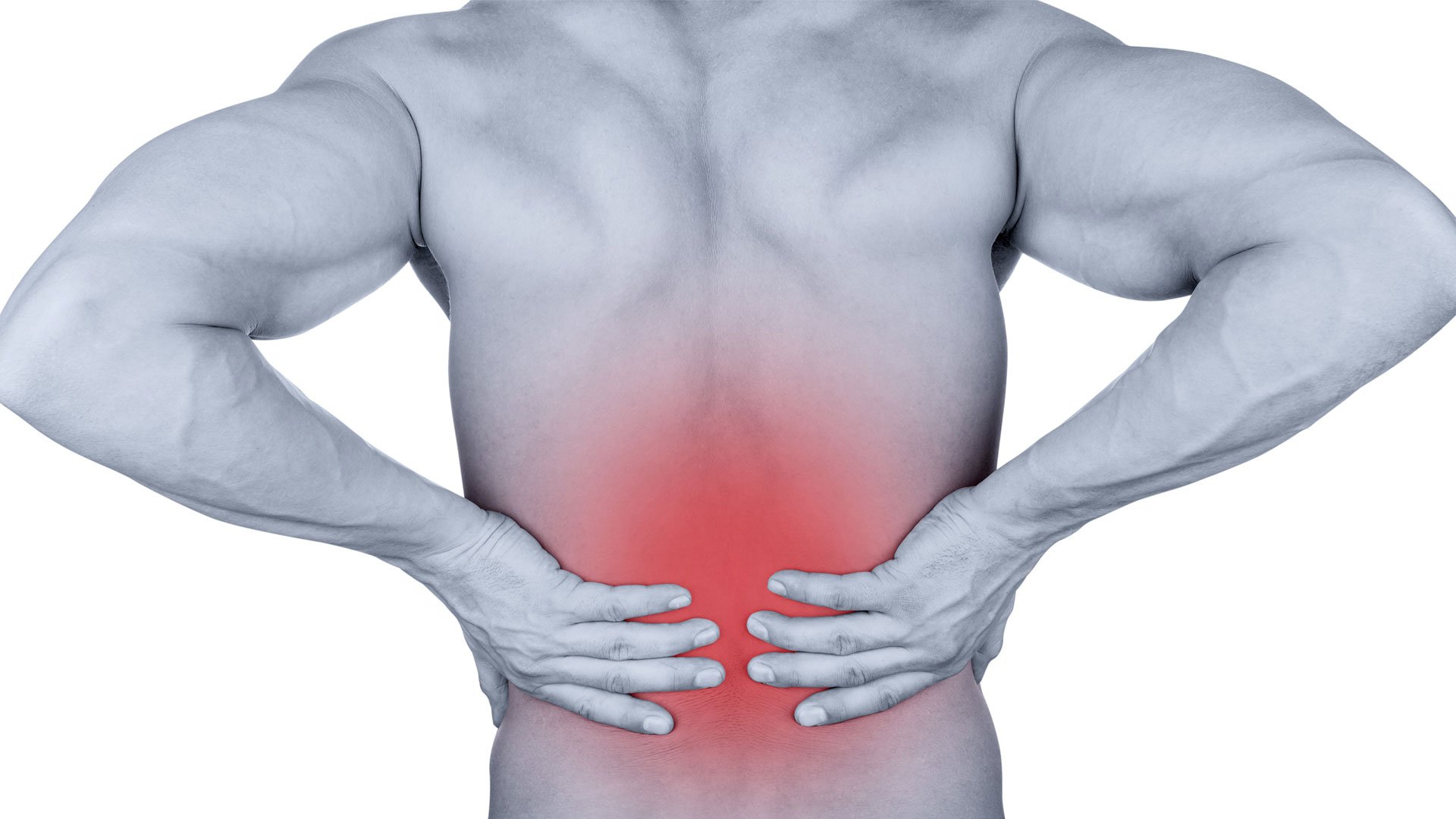
Lower back
Lower back pain can be extremely uncomfortable and inhibit day-to-day activities such as walking, sitting and standing. It can come from muscles, tendons, nerves, ligaments, joints and often times a combination. Pain can arise from a specific injury such straining your back while lifting a heavy object or it can happen overtime with bad posture and repetitive loading. The majority of lower back pain is treatable conservatively with physiotherapy treatment and exercises.
Common causes/types of low back pain:
Non-specific muscular lower back pain - this is the most common form of lower back pain (80-90%) that comes from the muscular areas on one or both side of the lumbar spine. It will feel like an intense muscular pain in the lower back that is worse during movements such as bending forwards or backwards and side to side.
Radicular pain - This is a form of lower back pain that originates from nerve structures in the lower back. It will feel like a sharp pain that radiates down one or both of the legs. You may also feel pins and needles, numbness, tingling or a burning sensation down the legs.
Less common causes/types of low back pain:
Stress fractures (spondylosis) of the vertebrae - small stress fractures can occur to the vertebrae of the lower back which can cause pain in the middle of the lower back. These can be caused by a single trauma to the spine or as an overuse injury from repetitive loading. When it is seen, stress fractures are commonly seen in gymnasts and cricket fast bowlers.
Sacroiliac joint (SIJ) pain - the sacroiliac joint is the junction where you spine meets your pelvis and it can be a potential cause of pain. There are a variety of proposed causes of SIJ pain which include increased/decreased movement at the joint, trauma, arthritis, infection, ligament strain, and stress fractures. The main symptom that occurs is a pain over the middle of or underneath the upper portion of one buttock.
Physiotherapy for lower back pain:
The aim of physiotherapy in lower back pain is to reduce pain and symptoms, whilst also promoting pain-free movement for return to full function. This will include a thorough interview of symptoms and patterns to better understand the severity, location, and behaviour of the pain, as well as understanding what your goals and concerns are. An assessment of movement at the lower back can be used to better identify the source of pain. Treatment of the pain can include advice and education regarding your condition, pain management and best strategies for recovery, manual therapy which may include joint mobilisations, dry needling, soft tissue massage, as well as exercises tailored to suit your symptoms and functional requirements.
Things to get you started:
Hot packs over the lower back can help to relax tight muscles over the lower back. 20 minutes per day while laying on your front is a good starting point. If your injury is recent, lying on your side will be a more suitable position to prevent aggravation.
Frequent gentle movements of the lower back including bending forwards, backwards, side-to-side, and rotating. These movements should be slow, controlled, and pain-free
Avoid heavy lifting or other movements that cause a flare-up of pain. A general rule of thumb is that all movements shouldn’t hurt as you are doing them or for the next 24 hours
